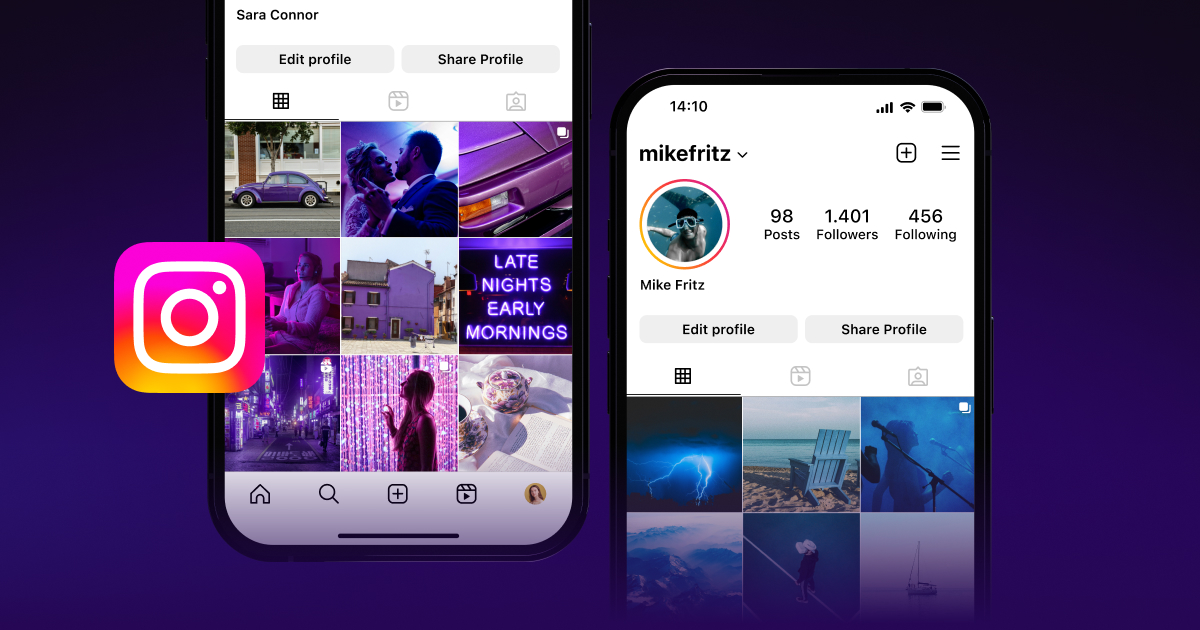The right music can enhance your video content and transform a YouTube video from good to great — but not every song is available for use.
Most popular tracks are protected under copyright, which is a law protecting someone’s art, creations, or intellectual property. Using these tracks without permission from the owner could result in a copyright claim or strike, which sometimes leads to YouTube removing your video — or your entire channel.
Here’s how to avoid copyright on YouTube and why it’s so important.
An Overview of YouTube’s Copyright Rules
You don’t want someone re-uploading content without your knowledge or consent. The same goes for musicians and production companies — they don’t want anyone using a song without permission. This is why creations (including photo and video content) are protected. Under copyright law, only the song’s creator and anyone with explicit permission can use it.
While it’s best to avoid copyright issues completely by using royalty-free music, some usage falls under Fair Use — a policy stipulating that anyone can upload part of a track under the right circumstances. Using a song clip for commentary, criticism, or teaching could fall under Fair Use, which doesn’t count as copyright infringement. Including too much of a song or casting it negatively might not count as Fair Use, though, so if you’re in doubt about whether or not it’s okay, reach out to a Fair Use representative.
What Happens When You Violate YouTube's Copyright Policies?
Uploading a video with music you don’t have permission to use could result in a copyright claim against you.
A copyright claim is when YouTube’s Content ID system — the automated system that scans uploads — identifies copyrighted music in a video. It could also refer to a removal request filed by a rightsholder who identifies unauthorized use of their music.
Here’s how the Content ID system works:
- A label or artist adds songs to YouTube’s Content ID system.
- If someone uploads a video with one of those songs, the ID system catches and flags it, also known as a copyright claim.
- The uploader gets a notification about the claim. They have the choice to mute the song, edit it out of the video, or dispute the claim. If they choose to keep the song, the company that owns it can collect all ad revenue from the video.

A copyright removal request results in a YouTube copyright strike, which is more severe than a claim. Here’s how this system works:
- A label or artist finds their music in a video, whether independently or through Content ID, and manually submits a removal request.
- YouTube reviews the request to check its validity.
- If YouTube finds a violation, it removes the video and applies a copyright strike to the uploader’s channel. This strike expires after 90 days.
- If it’s someone’s first strike, they have to go through YouTube’s Copyright School to learn about the policies.
- If a YouTube channel gets three strikes within 90 days, the platform deletes the channel and prevents the owner from creating a new one unless it’s part of the YouTube Partner Program (YPP). YPP channels are eligible for a seven-day courtesy period, during which the channel owner can argue against the strikes.

The only exception is when content falls under Fair Use. If the Content ID system wrongly identifies unfair use, or if a copyright holder requests the removal of a Fair Use video, the offending channel can dispute it — also known as a counter-notification.
Just keep in mind that to submit a counter-notification, you have to be completely sure the video falls under Fair Use, so your argument has to be airtight to change their mind. They have 10 business days to respond, but the final decision falls to YouTube.
3 Common Mistakes When Avoiding Copyright Claims
Some sources say they’ll teach creators how to use copyrighted music on YouTube, but these workarounds won’t save you from the consequences of claims and strikes.
Here are some examples of what not to do:
1. Adding a Disclaimer
It might be tempting to add a YouTube copyright disclaimer to show people you don’t intend to break the rules. Unfortunately, statements like these don’t change the fact that you don’t have permission to use the music. Including “No infringement intended” or “Copyright belongs to [insert name here]” in a video description can’t prevent YouTube or the owner from making a claim.
2. Changing the Song’s Speed or Pitch
If you change the speed or pitch of a song, YouTube’s Content ID system has a harder time identifying and flagging it — but it still can. Content ID is sophisticated, and on top of that, music companies could still find the video, notice the song, and request removal. Editing the track yourself could also affect the quality of the audio and viewers’ experiences, so this isn’t a good strategy.
3. Using a Short Snippet
Including only a very short snippet of a song could keep YouTube from flagging the content. However, this strategy isn’t worth it, since the copyright holder could still request removal, and you can find a royalty-free option.
4 Tips To Avoid Copyright Problems on YouTube
Here are the safest ways to use music on YouTube:
1. Stick to Fair Use
If the perfect song is under copyright, remember that including it for educational or critical purposes might fall under Fair Use. Even if someone makes a claim, you’re within your right to counter it and argue to keep the video up. In this scenario, using just enough of the track to make your point is best.
The Content ID system could still flag the song, so be prepared to explain why it counts as Fair Use. You might have to repeat the process if the claimant still wants YouTube to take the video down.
2. Get Permission From Artists or Record Labels
New artists might be more than happy to let you include their music in a video. Find their contact information on their official website or social media. You might have to reach out to their record label to ask permission, but don’t get discouraged if they don’t reply.
3. Find Royalty-Free Music
There are thousands — if not millions — of royalty-free songs out there, and many sound just as good as copyrighted tracks. Royalty-free music is still protected under copyright, but the owners choose to waive the rights and let you use it, with restrictions like a subscription fee or sourcing requirements. Failing to meet those parameters could result in similar consequences to using a copyrighted song.
YouTube has its own bank of free, usable music, but search websites like Epidemic Sound, Bensound, and AudioJungle for other options. Note that you may have to pay for premium songs or subscribe to a royalty-free service to access tracks.
4. Use Original Music
You don’t need to learn an instrument or how to mix tracks to create original music. Use Captions’ AI Music instead. Just tell the app what you want the song to sound like, and it’ll generate a 100% unique instrumental track.
Here’s how to use the AI Music tool:
- Open the Captions app and select a video.
- In the bottom bar, scroll to the right until you see the “AI Music” icon.
- Choose from dozens of genres and themes, like “acoustic,” “hopeful,” and “nature.”
- Tap “Generate music” and wait for the AI to generate a track.
- Listen and tap “Apply” if you like the final product. Hit “Cancel” to try again with a different combination of attributes.
Generate Unique Music for YouTube With Captions
A great YouTube video idea deserves music to match. Let Captions do the work for you and create a completely unique track for each one. You’ll avoid copyright issues and upload content with music that viewers have never heard before — helping you create professional content and gain subscribers.







